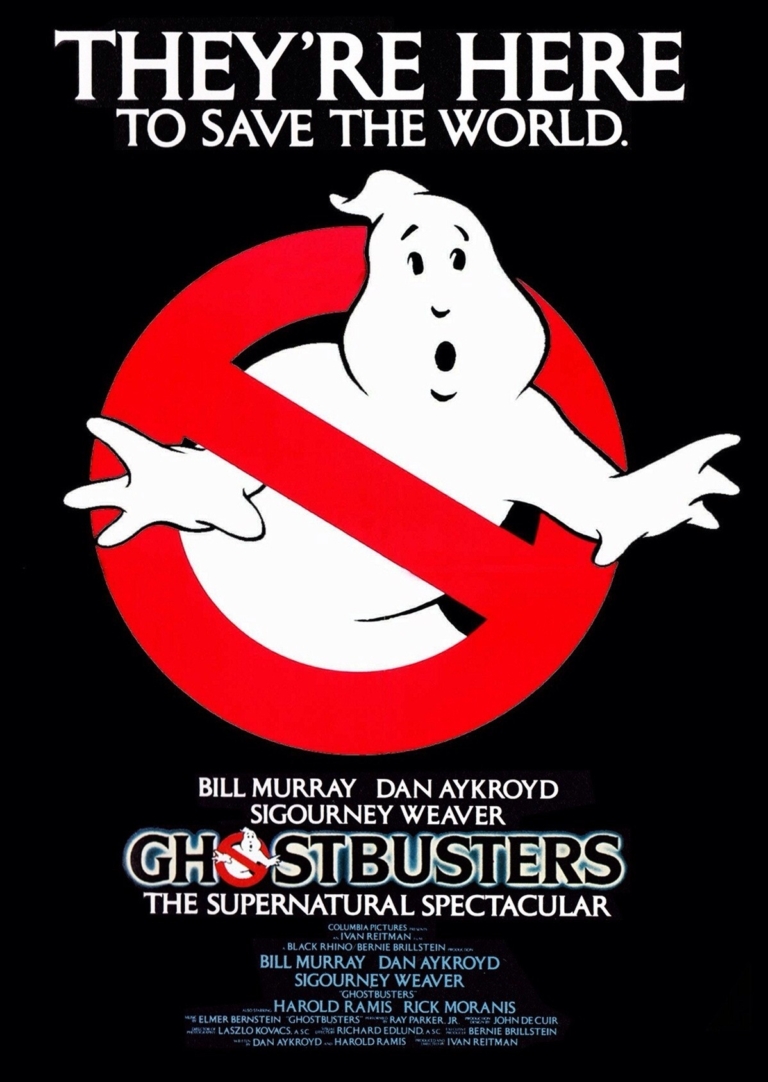At one point in time, one video game genre ruled them all: immersive sims.
These games would have been trending on Twitch and YouTube if those platforms had existed back then. You’d have found dozens of guides, tutorials, and walkthroughs. But in the 1990s and early 2000s, the success of a game ebbed and flowed based on word-of-mouth alone.
Still, immersive sim games became a source of inspiration for players and future game designers. Games like Ultima Underworld, Thief, System Shock, and Deus Ex changed how players, developers, and even critics thought about video games. Game publishers threw money (and total creative freedom) at the likes of Warren Spector and Ken Levine, hoping to capitalize on their success in the same way Hollywood celebrates auteur directors.
But then, in the mid 2000s, the immersive sim genre just kind of…fell by the wayside.
The games listed above all questioned and pushed the limits of what a video game could be. But while they received near-perfect praise from critics, they never quite became blockbuster hits with a huge audience. And as publishers shifted to chase revenue rather than recognition, immersive sims became a noteworthy but unsustainable genre.
At least, until their recent (and somewhat surprising) resurgence.
Defining The Immersive Sim Genre
Before diving into the resurgence of the immersive sim, it’s important to at least cover the basics of what this genre is and why it became so important for players and game designers alike.
The core idea behind an immersive sim is a game that captures the magic of a tabletop RPG where player agency drives the story and changes the experience.
If you’ve played games from Arkane Studios (Dishonored, Prey, Deathloop) or IO Interactive’s Hitman trilogy, you’ve got an idea of how immersive sims play. They worry less about a gripping linear narrative or a steady ability progression. Instead, the focus is on giving the player a set of tools and letting them handle missions and objectives in any way they see fit.
Most games provide a highly polished and guided combat encounter or “main story” level, presented in a cinematic way. Think about the jaw-dropping details in Uncharted 4 or The Last of Us Part II — these are incredible experiences from master storytellers.
Now, think about Prey or Hitman. The experience is less about a preset path and more about you, the player, discovering your own path. These are part of the DNA of roleplaying games, and immersive sims take those principles and pack them into an adventure game (rather than relying on random dice rolls and a list of skills to determine how likely you are to succeed/fail).
Imagine you find a locked building. Do you pick the locks to get in? Climb to a window or hole in the roof? Steal a guard’s uniform/badge to gain access? Or — in truest immersive sim fashion — do you skip the level entirely, forging a different path for your character?
This concept of player choice is the central pillar of immersive sim design. After all, this concept of “pairing old design philosophies with modern ideas” is what led to masterpieces like Breath of the Wild, Red Dead Redemption 2, and Elden Ring.
The Risks And Rewards Of Player Choice
It’s safe to say that the 2010s were the decade of open world games. Some game publishers fine-tuned the genre into a formula they could copy and paste into new titles and churn out huge, 100-hour epics that players could get lost in for weeks, months, or even years.
But eventually, those huge world maps got bogged down with hundreds of icons. Suddenly the question wasn’t “How can we make the world bigger?” or “How can we add more stuff?” Instead, it became, “How can we encourage players to discover their own story?”
Emergent narrative is at the heart of these games — it’s the idea of an event or interaction in a game that means different things to different players. Think about the “Nemesis System” in Shadow of Mordor or Shadow of War, where the main story took a backseat to the personalized experience of each player.
So when developers started looking for new ways to incentivize player choice and engagement, attention turned back to a niche sub-genre that had influenced a generation of game designers. After all, hadn’t immersive sims discovered the solution 20 years ago, long before anyone was even asking that kind of question?
The biggest game of 2022 so far has been Elden Ring, which sets a new standard for open world design and emergent narrative by allowing players to explore, fight, and solve puzzles at their own pace and (for the most part) in their own order. Elden Ring’s DNA is really just the most recent example of a modern game that uses old ideas to revitalize the industry.
Now, as most big publishers are asking what they can do to create their own Elden Ring, the answer seems obvious: It’s all about the careful balancing act between the risks and rewards of building games around player choice.
And, in doing so, it’s only building more credibility behind the idea that immersive sims aren’t just making a comeback — they’ve been inspiring the best new games all along.
Drew Gula is the copywriter at Soundstripe, a company providing content creators with royalty free music for Instagram and lofi hip hop music. He’s also a lifelong gamer (and immersive sim enthusiast) that is excited to see how open world games will continue to evolve.


